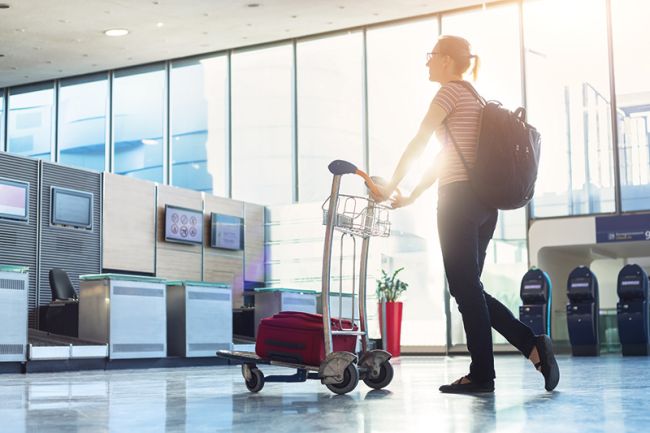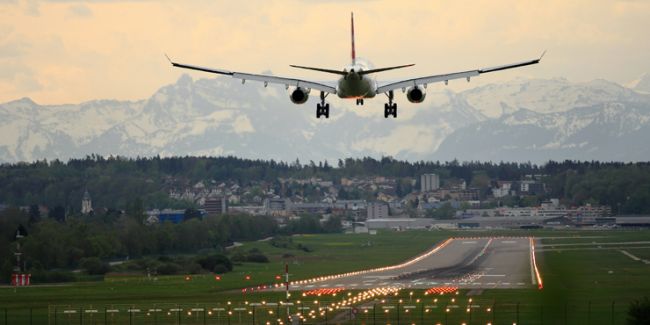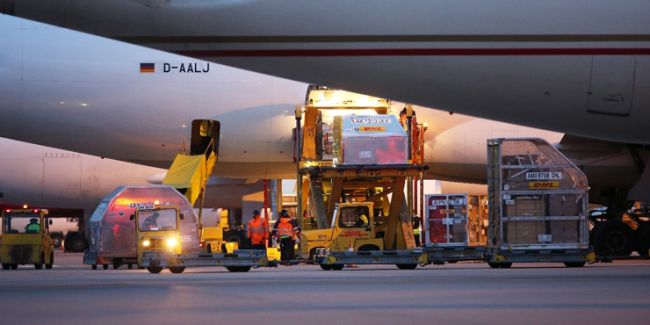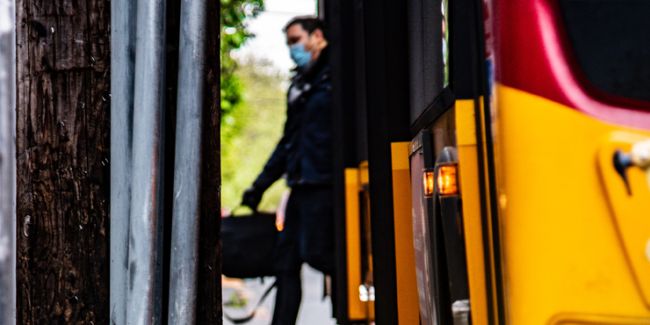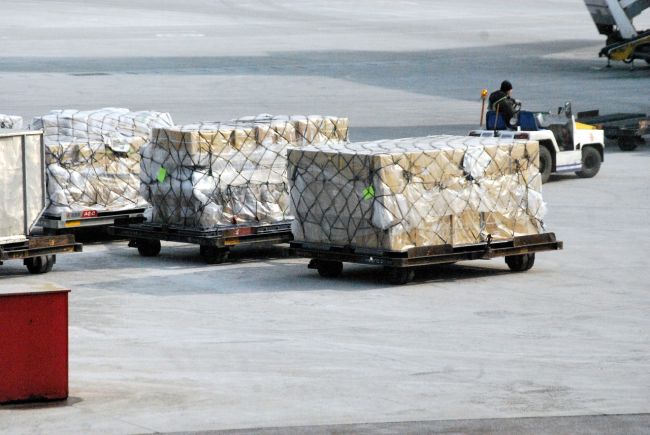Congestion management at NYC airports
Congestion management at NYC airports.
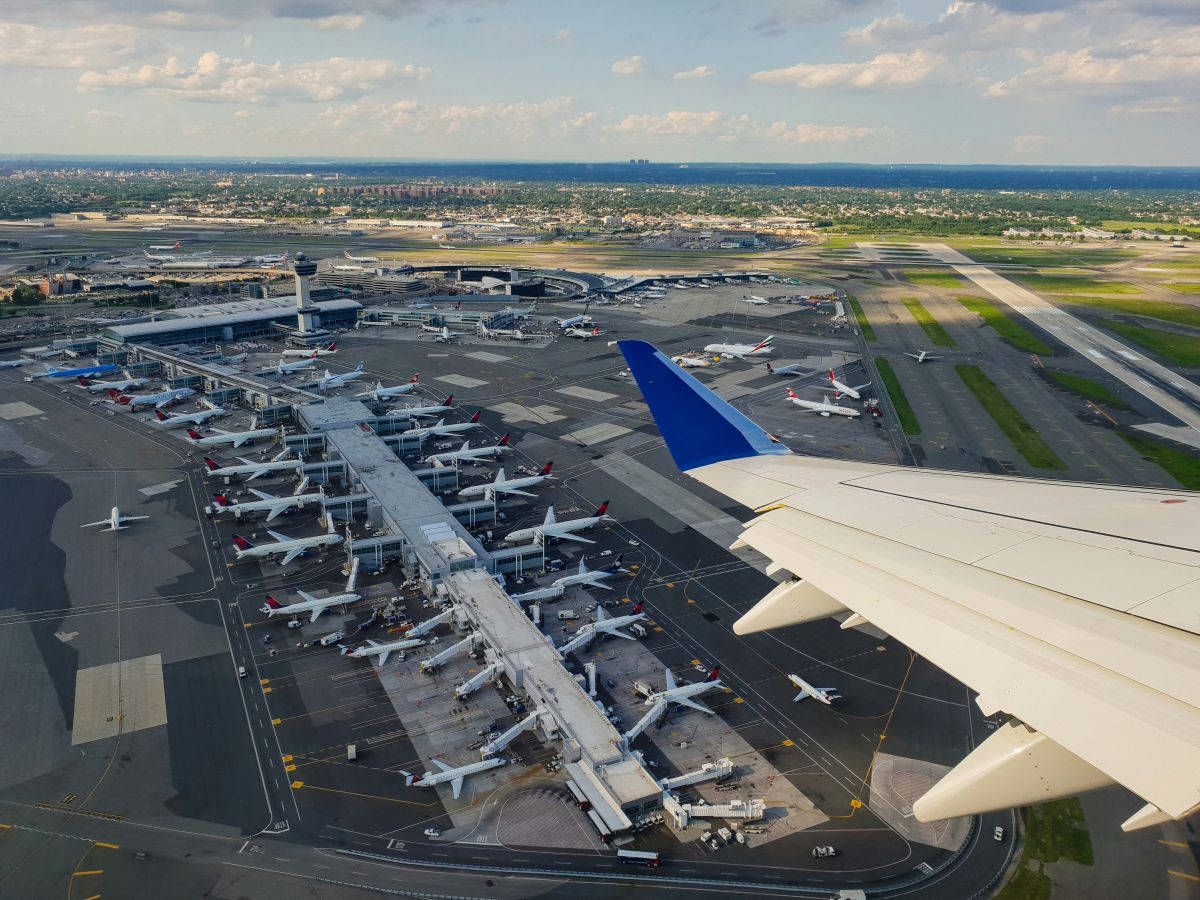
A federal rulemaking now pending for the New York region will likely signal the future of regulatory approaches to allocating scarce airport capacity in the US.
In contrast to major hub airports in Europe and Asia, access to runway capacity at US airports has historically been largely unregulated. The major airports serving New York City, however, are an important exception. Federal legislation enacted in the 1960s imposed formal slot controls at LaGuardia, Kennedy, and Newark Airports, along with Chicago’s O’Hare and Washington’s National Airport. More recent legislation has phased out many of these restrictions, but the threat of unacceptable congestion and delays has led the FAA to impose temporary flight limits at all three New York airports. The agency is now developing a permanent rule to regulate their capacity going forward.
As the largest metropolitan area in the US, New York will continue to generate increasing levels of air travel demand, even despite the advent of competitive alternatives such as High Speed Rail and new intercity bus services. But geographic constraints and close proximity to highly populated areas have made airport expansion all but infeasible in the region.
The challenge in designing the new rule will therefore be to allocate the limited capacity in a way that provides for a high level of air service – flights to desirable destinations serving as many passengers as possible without unacceptable levels of delay – while promoting increased competition and preserving access for new entrants. And recent experience suggests that this will be a formidable task, as efforts to adopt market-based slot allocation mechanisms such as auctions have met with fierce resistance from the airlines in both Europe and the US.
SDG’s consultants are uniquely positioned to understand this complex problem, having authored the official report assessing the impacts of revisions to the European Commission’s slot allocation regulations, modeled the impact of formal demand management policies for a major US hub airport, and advised on slot divestitures resulting from mergers and competition remedies.
In the future more US airports will face capacity constraints that cannot be feasibly addressed through new runway construction, and the outcome of the rulemaking process for New York will therefore likely signal the future direction of the regulation of scarce airport capacity in the US. We will continue to closely monitor these developments, making the case for more active use of demand management and policies that provide the best outcome for consumers and other key stakeholders.




